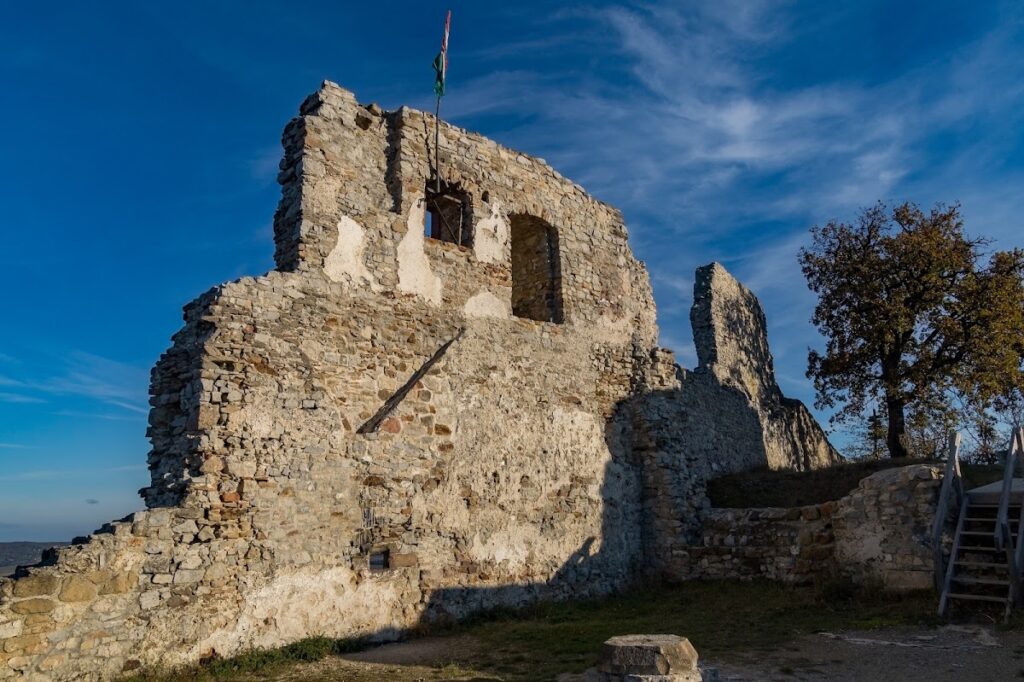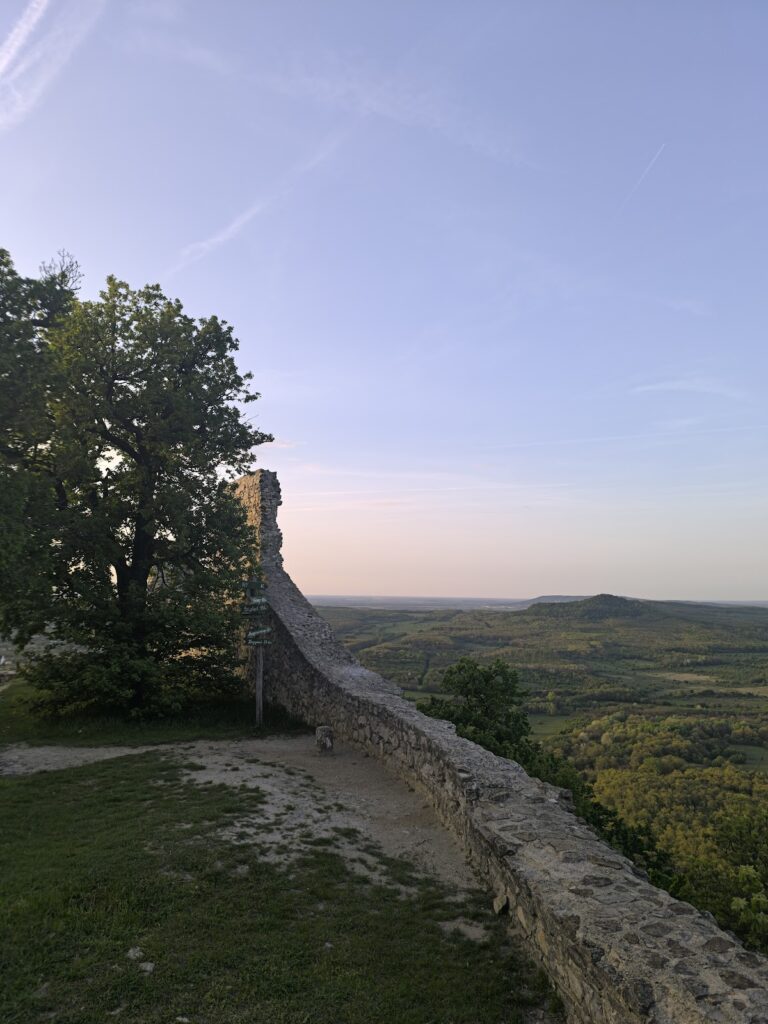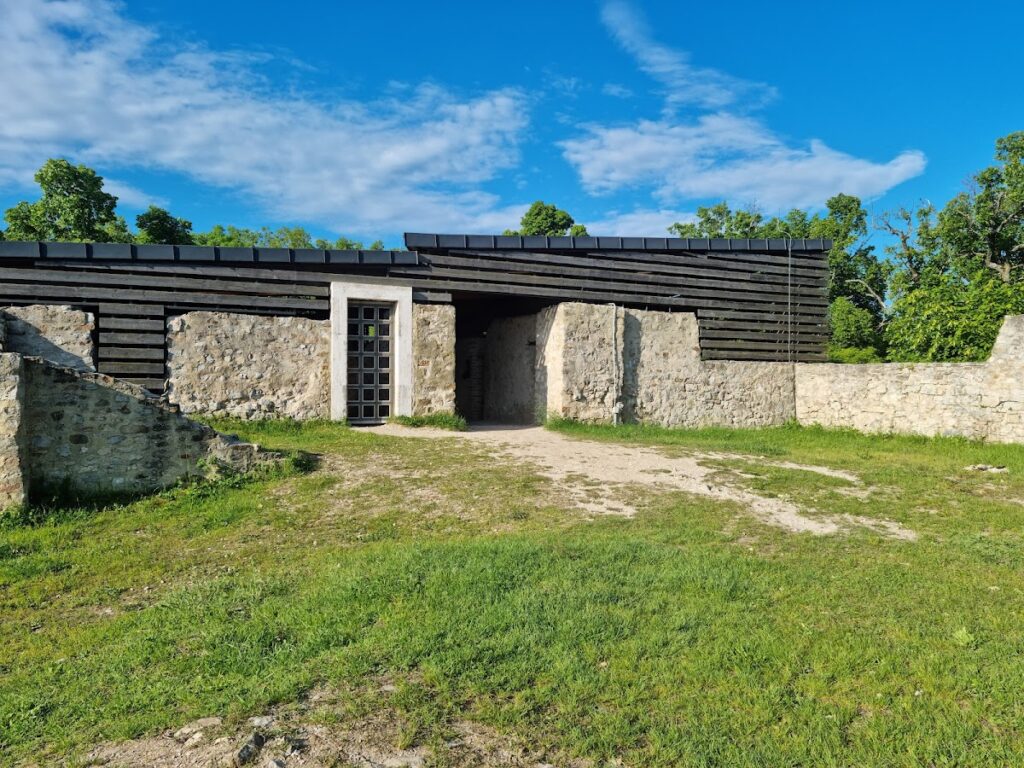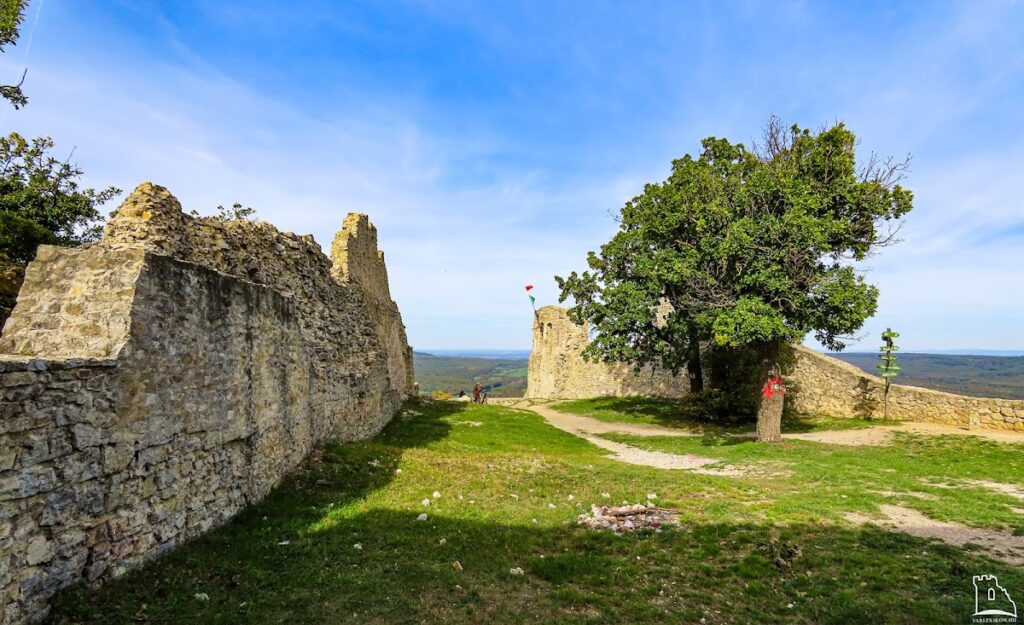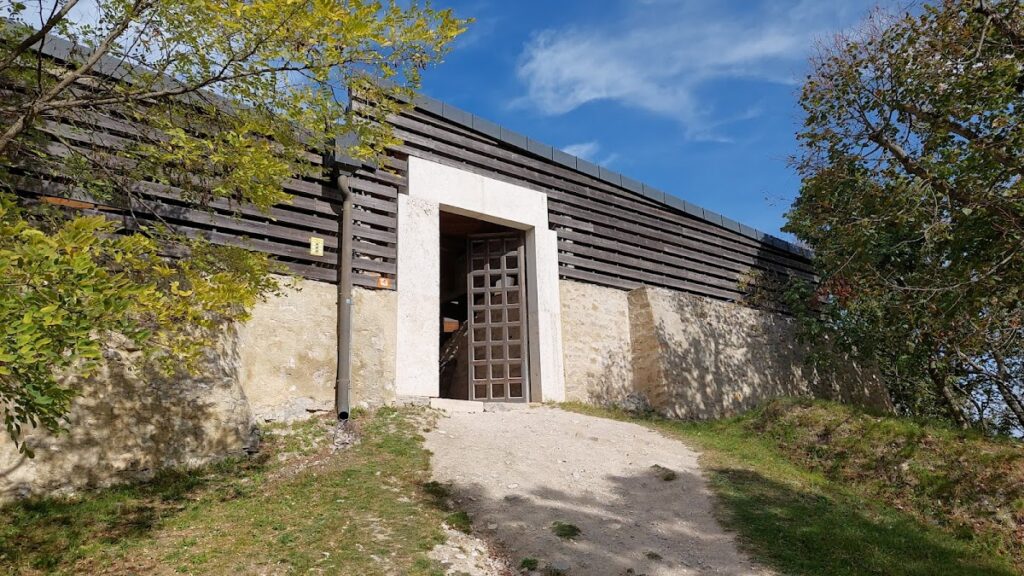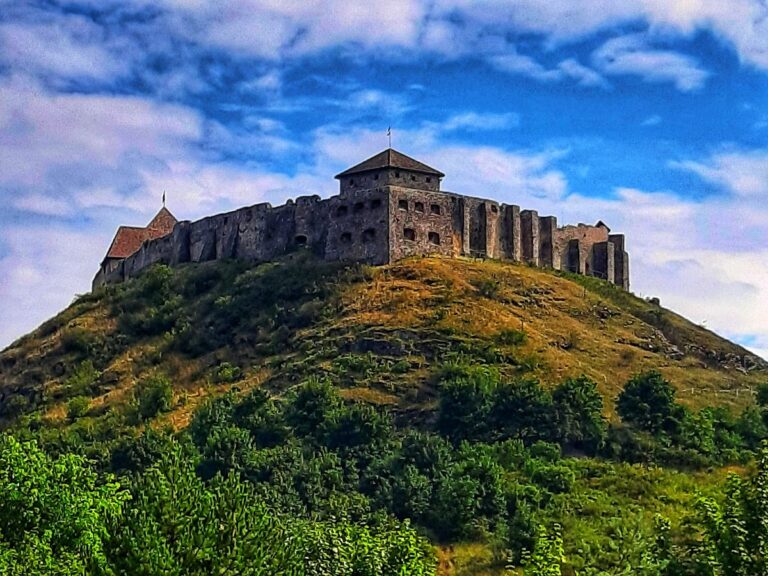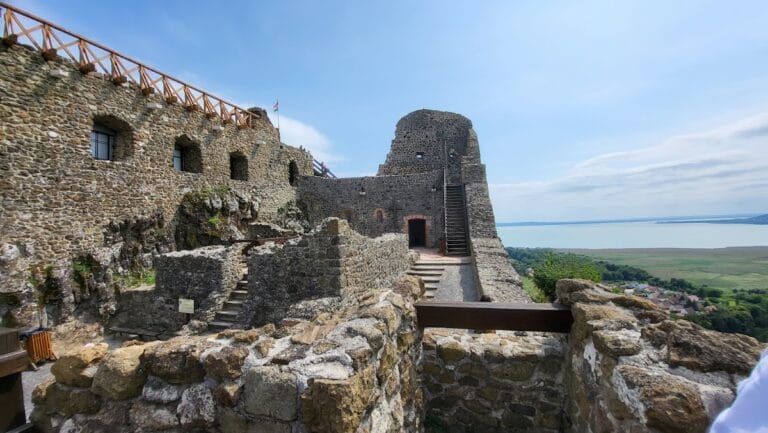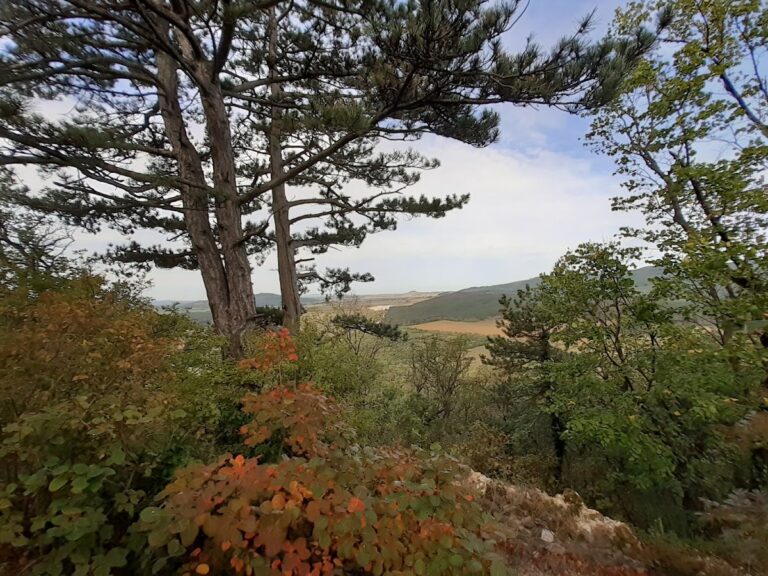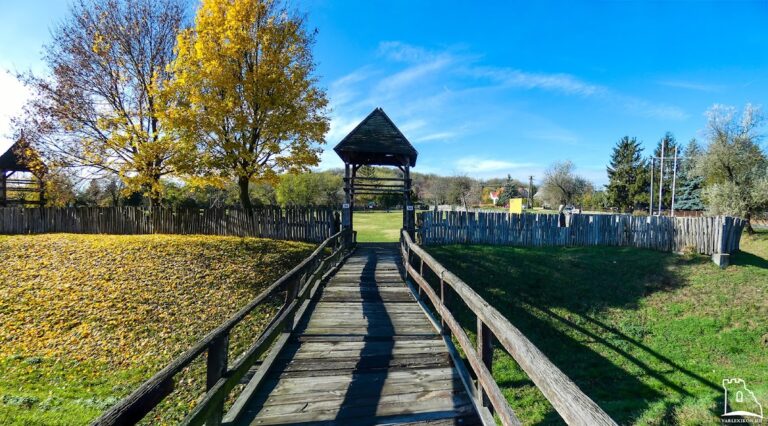Rezi Castle: A Medieval Hungarian Fortress in Hungary
Visitor Information
Google Rating: 4.6
Popularity: Medium
Google Maps: View on Google Maps
Official Website: varlexikon.hu
Country: Hungary
Civilization: Unclassified
Remains: Military
History
Rezi Castle stands near the village of Rezi in Hungary, built by medieval Hungarian nobility during the late 13th century. Its founders were members of the Péc family, notably Apor and Lukács, who established the fortress to oversee lands granted to them by King Ladislaus IV in 1282. Positioned strategically on a rocky outcrop at the northern edge of the Keszthely Plateau, the castle served as a defensive stronghold overlooking the Szántó Basin.
Throughout the 14th and 15th centuries, Rezi Castle witnessed numerous changes in ownership amid the turbulent feudal conflicts of medieval Hungary. In 1321, royal forces led by Alexander Köcski recaptured it from the Kőszegi family, who had occupied the site. Under King Louis I, the castle came into the hands of the Lackfi brothers, influential nobles of the era. When the Lackfi family fell from grace in 1397, control reverted to the crown, which subsequently entrusted the fortress to various religious and noble figures, including bishops from the Albeni family and later the Pethő family.
The Pethő family maintained possession of Rezi Castle from the early 15th century until the extinction of their male line in 1729. During this period, the castle saw only brief interruptions, including a short-term occupation by Habsburg forces in 1490 and an official confiscation amid the civil war of 1440, which did not result in lasting control changes. Although its military importance diminished by the middle of the 16th century, the castle’s defenses were bolstered in response to Ottoman incursions, notably after raids in 1554.
The decline of Rezi Castle accelerated towards the end of the 16th century. Ottoman troops occupied and set fire to the fortress in 1589. By 1592, official records described it as ruined, with deliberate destruction inflicted upon its two gate towers to prevent its further use as a stronghold. Despite its dilapidated state, the ruins continued to be a recognizable landmark through the centuries to follow.
After the Pethő family line ended, ownership transferred to the Hungarian treasury. Later, in 1741, the estate passed to the Festetics family, who retained control until the nationalization of properties in 1945. Archaeological investigations and restoration campaigns carried out between 2000 and 2012 have since stabilized and partially reconstructed the ruins, preserving the site’s historical legacy.
Remains
Rezi Castle occupies a steep rise of dolomite rock, providing natural protection through its sharply sloping sides. This promontory setting offers commanding views over the surrounding Szántó Basin. The medieval fortress featured a defensive system including a deep dry moat, which was excavated around the rock to hinder attackers. Surrounding the inner ward was a curtain wall fortified by two gate towers, creating an enclosed, elongated courtyard within.
At the rear of this courtyard stood a prominent residential tower that combined both defensive functions and living quarters. This tower formed the heart of the castle’s inner defenses and habitation area. In the late 16th century, these fortifications underwent reinforcement, a process documented by the Italian military engineer Giulio Turco, who illustrated the dry moat and the distinctive double-towered curtain walls.
Archaeological excavations have revealed the foundations and ruins of the castle’s walls and towers, showing clear traces of fire damage and intentional dismantling. The two gate towers, once critical for controlling entry, were deliberately destroyed toward the end of the 16th century to prevent reuse of the fortress. Today, these remnants remain in partial ruin but have been stabilized and partially reconstructed to preserve the overall form of the castle.
The surviving structures stand in situ on the original rocky foundation, illustrating the strategic use of natural terrain in medieval fortifications. No detailed inscriptions or decorative features have been documented, but the site retains considerable historical value as a well-defined example of a medieval Hungarian castle adapted to its landscape. Access to the ruins is free, allowing for continued appreciation of this historic site.
